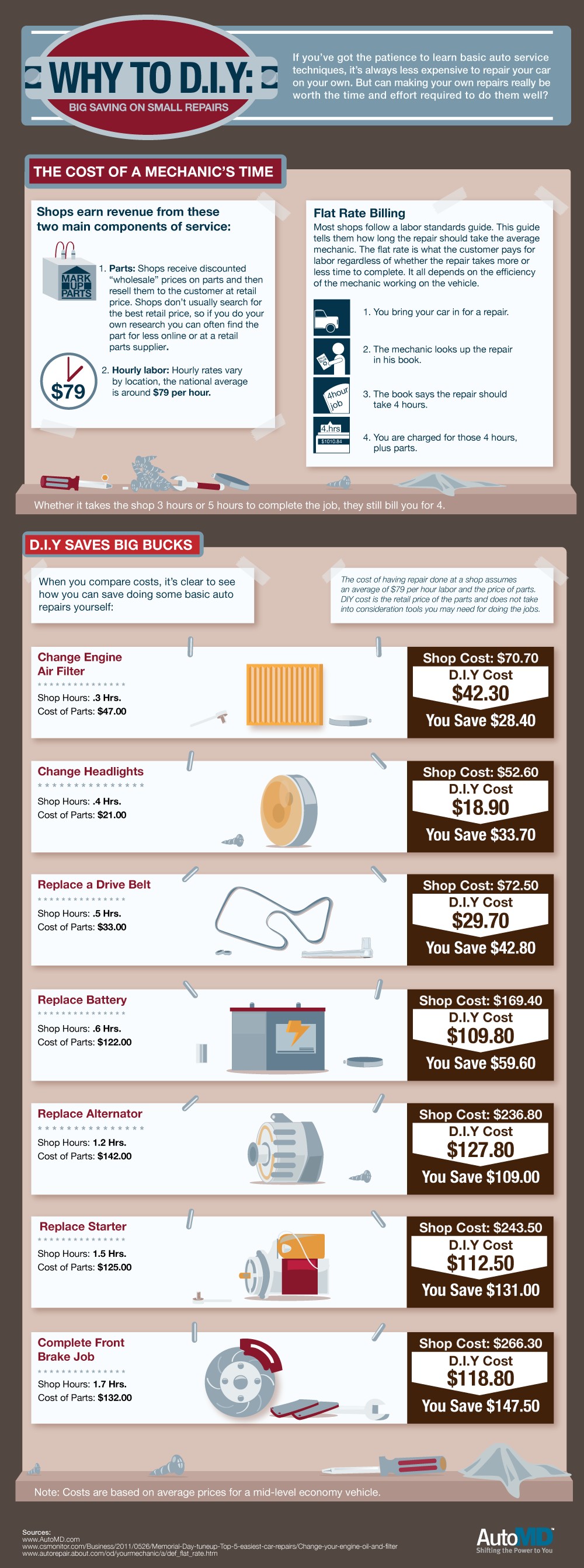Translating Your Vehicle'S Alert Lighting: Their Real Implications
Translating Your Vehicle'S Alert Lighting: Their Real Implications
Blog Article
Writer-Sykes Torres
When you're behind the wheel, those beautiful warning lights on your dashboard can be a bit complicated. Do you recognize what they're attempting to inform you about your vehicle's health and wellness? Recognizing the significance of these lights is important for your safety and the durability of your automobile. So, the next time among those lights pops up, would not you wish to analyze its message accurately and take the needed actions to address it?
Common Caution Lights and Interpretations
Determine usual caution lights in your auto and comprehend their significances to ensure safe driving.
https://auto-front-suspension06273.dm-blog.com/31187930/a-comprehensive-overview-to-unearthing-qualified-automobile-repair-work-shops-in-your-area of the most normal caution lights include the check engine light, which signals concerns with the engine or emissions system. If https://johnathanlfzuo.bloggerbags.com/36300517/wish-to-discover-one-of-the-most-reliable-car-service-center-in-your-locality-testimonial-the-top-10-suggestions-that-will-sustain-you-in-making-an-audio-decision begins, it's crucial to have your automobile examined immediately.
The oil pressure alerting light indicates reduced oil stress, calling for immediate interest to avoid engine damage.
A flashing battery light might recommend a malfunctioning charging system, possibly leaving you stranded if not addressed.
The tire stress tracking system (TPMS) light informs you to low tire stress, impacting automobile security and fuel efficiency. Disregarding https://dailymemphian.com/article/28635/supply-chain-crisis-causes-long-waits-at-auto-repair-shops could lead to dangerous driving problems.
The abdominal muscle light indicates a trouble with the anti-lock braking system, endangering your capability to quit quickly in emergencies.
Lastly, the coolant temperature level alerting light warns of engine overheating, which can lead to extreme damage if not fixed quickly.
Comprehending these typical warning lights will help you deal with issues without delay and maintain risk-free driving problems.
Importance of Prompt Interest
Recognizing the typical caution lights in your cars and truck is just the primary step; the significance of quickly dealing with these cautions can not be stressed enough to ensure your safety when traveling.
When a caution light illuminates on your control panel, it's your car's way of communicating a possible problem that requires interest. Disregarding these cautions can bring about more extreme issues in the future, endangering your safety and potentially costing you a lot more in repairs.
Prompt focus to advising lights can avoid malfunctions and crashes. As an example, a flashing check engine light could show a misfire that, if left neglected, can create damage to the catalytic converter. Addressing this quickly can conserve you from a costly repair work.
Likewise, a brake system alerting light might indicate low brake fluid or worn brake pads, essential parts for your safety and security when driving.
DIY Troubleshooting Tips
If you observe a caution light on your control panel, there are a few DIY fixing ideas you can try before looking for expert aid.
The very first step is to consult your automobile's manual to recognize what the specific caution light indicates. In https://brake-service-near-me17384.blogdun.com/31689980/the-influence-of-vehicle-detailing-on-resale-worth-what-studies-program can be as basic as a loosened gas cap causing the check engine light. Tightening the gas cap may solve the issue.
One more usual concern is a reduced battery, which can set off various advising lights. Checking the battery connections for corrosion and ensuring they're secure might repair the issue.
If a warning light lingers, you can try resetting it by disconnecting the car's battery for a couple of minutes and then reconnecting it. Additionally, checking your car's fluid levels, such as oil, coolant, and brake fluid, can assist troubleshoot warning lights connected to these systems.
Verdict
Finally, understanding your cars and truck's warning lights is important for maintaining your car running efficiently and securely. By quickly attending to these informs and recognizing what they suggest, you can stay clear of pricey repairs and possible breakdowns.
Remember to consult your auto's guidebook for certain information on each alerting light and take action as necessary to make sure a trouble-free driving experience.
Keep informed, stay safe when traveling!
